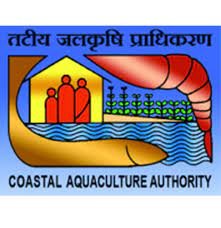Govt simplifies tractor testing guidelines for ease of doing business
As per new guidelines, manufacturer shall confirm that the tractor model has been submitted for tests and the test report on the same shall be submitted to DA&FW within 6 months.
In a major step towards encouraging ease of doing business and promote trust-based governance, the Government has simplified the process of testing of tractors for performance evaluation on 28th August 2023. Tractor manufacturers shall now be allowed to participate in the subsidy scheme on the basis of CMVR/Conformity of Production (COP) certificates and a self-declaration to be given by the company that the tractor proposed for inclusion under subsidy conforms to the benchmark specifications given by Department of Agriculture & Farmers’ Welfare. Simultaneously, the manufacturer shall also confirm that the tractor model has been submitted for tests and the test report on the same shall be submitted to DA&FW within 6 months. The manufacturers shall give a minimum of three years warranty on the tractor to be supplied under subsidy.
The following process will henceforth be followed for the 4 (four) mandatory tests:
Drawbar Performance Test: The drawbar performance test through the use of load car may be done at Central Farm Machinery Training and Testing Institute Budni or at Mahindra Research Valley (MRV), Chennai. The manufacturers shall also have an option to get it done from any other Government authorized institute or at their own facilities provided that adequate infrastructure is available to conduct this test. In case of the test done at the manufacturers facilities, the test data as may be provided by the manufacturers shall be included in the test reports released by the CFMTTI Budni or the chosen government authorized institution, with the remarks that the tests have not been carried out by the institute and performance results are self-certified by the manufacturer.
PTO Performance and Hydraulic Performance Test: Manufacturers shall have the option to conduct this test at their facilities and the test data may be provided to the CFMTTI, Budni or the chosen Government authorized institution for generation of the test report with a self-certification that this test has been carried out as per applicable BIS Codes. The test data as may be provided by the manufacturers shall be included in the test reports released by the CFMTTI Budni or the chosen government authorized institution, with the remarks that the tests have not been carried out by the institute and performance results are self-certified by the manufacturers. The manufacturers shall also have the option of getting it done either at CFMTTI, Budni or at any other Government authorized institutes/facilities having adequate infrastructure to conduct this test.
Brake Performance: This test shall be done as per the requirements under CMVR. The test already done under CMVR at the authorized institutions shall not be repeated at CFMTTI Budni or any other Government authorized institutes and the same data shall be incorporated in the test reports.
The detailed guideline also provides for the process to be followed by for testing of tractors at CFMTTI, Budni.
As per new guidelines, manufacturer shall confirm



